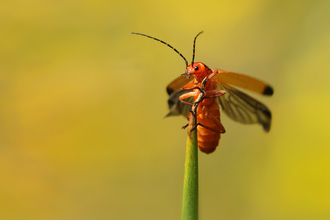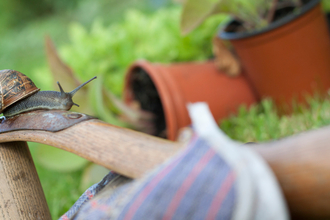No Mow May is a campaign organised by the wild plant conservation charity, Plantlife. It's so easy to engage with, especially if you're fortunate enough to be a garden owner. No Mow May simply requires you to do nothing at all! Keep your lawnmower locked away for the whole month and just let your lawn grow wild. This allows the pollen count in your garden to increase rapidly as new wildflowers emerge. An increased pollen count provides an abundance of nectar for pollinators.
Why you should take part in No Mow May
Sweet vernal grass by Luisa Shield
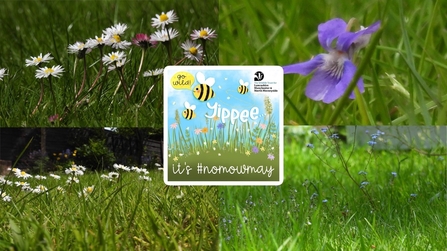
Photos taken from my garden halfway through No Mow May
Why do we want to protect pollinators?
Pollinators are essential to the ecosystem. Without them, nothing would survive at all. We'd be unable to grow 80 per cent of the crops we currently consume – in other words, there wouldn't be enough food produced to support the global population.
On a less serious note, a lot of us find great joy in simply seeing pollinator species, such as the fluttering of a beautiful butterfly or the gentle buzzing of a bumblebee.
What has No Mow May 2022 looked like so far?
This year the Youth Council have been contacting local councils, schools, colleges, universities and landowners to spread awareness of the No Mow May campaign, with the aim to increase the area of land being allowed to grow wildly during May 2022.
Many Youth Council members have been participating in No Mow May themselves, while others have been busy telling friends and family about No Mow May, to encourage others to participate.
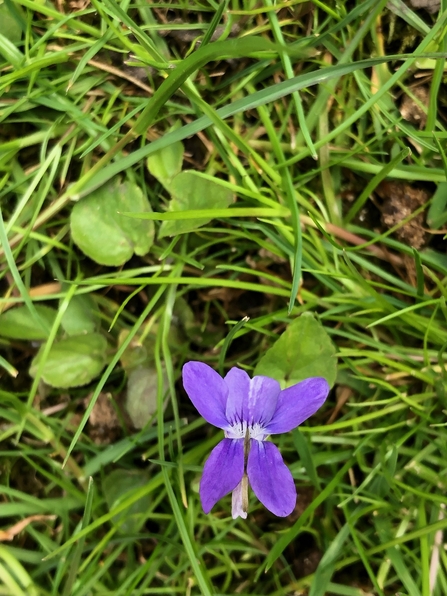
Common dog-violet that has grown on my lawn for the first time during No Mow May.
Personally, for me, I've been lucky enough to watch many wildflowers grow in my lawn at home. So far, I've noted many patches of daisies, buttercups and dandelions, as well as some more unique species including a common dog-violet, thyme-leaved speedwell, sweet vernal grass and common chickweed. To help identify these plants I used the app, ‘iNaturalist’, which helps identify wildlife when you upload a photo of the species you've seen.
In my opinion, these plants all look beautiful as well as benefiting pollinators. Local pollinator species are also definitely approving of the extra wildflowers available to them.
At the end of May, I'll be taking part in a community science project which involves completing a survey of the flowers present on my lawn at the end of the No Mow May period. The survey is called Every Flower Counts, and once the survey is complete, I'll receive a personal nectar score showing just how many pollinators my No Mow May efforts have helped. This data will be used by Plantlife to understand more about the health of our wildflowers and pollinators. I encourage others to also complete the survey if they can, as it will contribute to a valuable piece of community science!
Happy No Mow May!
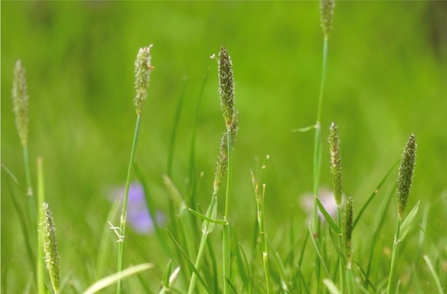
Sweet vernal grass by Luisa Shield
What are the Youth Council’s favourite pollinator species?
"Common blue butterflies, which I’ve already seen out and about this year!" - Cornelius
"Bumblebees, and more specifically, red-tailed and buff-tailed bumblebees" - Emily


